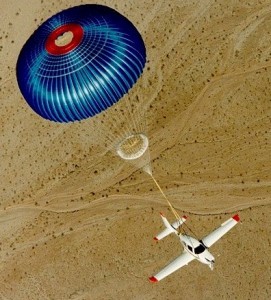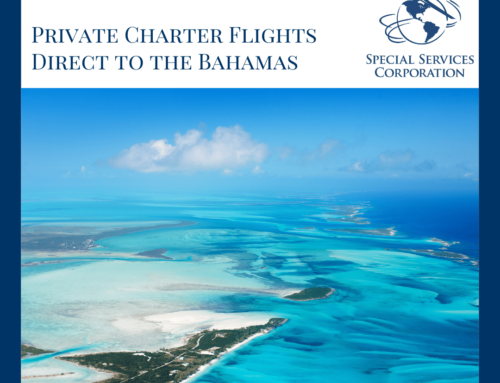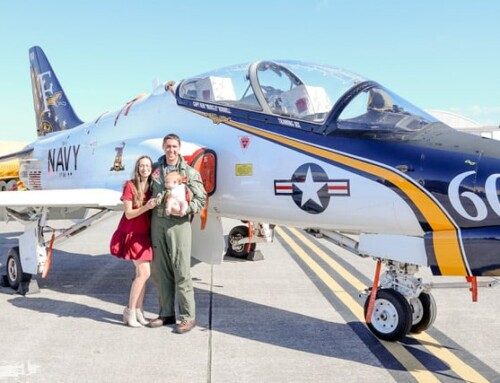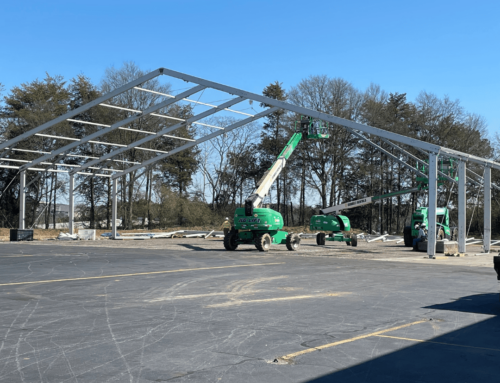When I first considered using a Cirrus airplane as a charter airplane, the idea was proposed to me by my new business partner. He owned a Cirrus airplane, and he thought it would make a great charter plane. At first, I didn’t really think it would be a very good plane at all for air charter work. It only seated three passengers, had one engine and one pilot. And if that wasn’t enough, it would never hold up to the rigors of commercial flying – it was made of plastic, for heaven’s sake! But, boy was I to be proven wrong.
You see, I had already tried to use single engine airplanes for charter. In the past, I had run the busiest air charter service in South carolina with private jets, twin turbo-props, twin engine pistons… and yes, a couple of single engine airplanes (a Beechcraft Bonanza and a Piper Lance). When it came to which flew the most, the jets were the busiest, the turbo props next and then the twin piston. As for the singles, well, they sat more than they flew and collected most of the dust in our hangar. Usually their flights were for company support, i.e. repositioning our pilots or flying mechanics out to make repairs on our planes, etc. The charters in the singles were infrequent. Though the price for the single engine charters was much less than any twin in our fleet, our customers simply preferred the twins; flying in the singles was a last resort. I understood why: “What do we do if the engine quits?” they’d ask. “We glide” was my answer. Not good enough! Like I said… I understood!
So it was with this experience that I began to market our first Cirrus. I knew it is a single engine, but, hey, it has a parachute, so I wondered…
First, I printed a one page flyer to send to potential clients. On the flyer, I invited our clients to try out the newest addition to our fleet, a Cirrus SR-22. I enticed our clients with the image of flying at 200 mph while working on their computer, listening to music or enjoying the comfortable “Lexus like” leather interior. The real bonus of the Cirrus, however, was the C.A.P.S. (Cirrus Airframe Parachute System). In the photos at the top of the flyer, I displayed two large photos only of the luxurious interior and none of the outside of the airplane. I didn’t want people to see that it was a single engine right away. However, in the lower right hand corner I placed a small 2×2 inch shot of the airplane floating down under the protection of its parachute… that little picture turned out to be the key!
I received a better than average response to the introductory flyer. Almost everyone who called inquired about that little 2×2 picture, the one of the Cirrus floating under the canopy of its parachute. I heard several ask if it was a “real” photo or did I “make it up on my computer”? I replied, “Yes, it is an actual photo of the Cirrus during a parachute test flight”. People readily accepted my invitation to come out and see this new plane, and within a couple of weeks, we had booked over 100 hours on our one and only Cirrus. My partner and I knew right away that we needed more Cirrus planes. So we began to add more Cirrus planes to our fleet…twenty-five more of them! Soon, we were flying customers daily in this new, wonderful little plastic plane! I began to collect stories, like the story about one of our clients, the owner of a large construction company who previously would only fly in our turbine engine airplanes, would now fly in the Cirrus. Then, there was the story of the lady who I flew from Charleston to Greenville. She and I were walking out to get into the airplane. She stopped dead in her tracks when she saw that we were actually walking past the lined up corporate jets and headed straight to the Cirrus. It was only after I applied my “Southern Gentleman” charm that I convinced her to fly with me in the Cirrus. Once I briefed her on how to use the onboard parachute in the event of an emergency, she began to settle down and enjoy our flight. Later that day, on the return trip back to Charleston, she talked about how she had told the other folks in her business about how comfortable she felt riding in the Cirrus and how, for once while flying in an airplane, she still felt in control of her own destiny because she knew that, if all else failed, she could always pull that chute herself. Then there was the business man that showed up at the airport at 6:00 am for his first charter flight with us. I remember seeing him standing there in his navy suit. He had his overcoat on one arm and his briefcase in the other and announced that his wife had just told him that he “could only ride in the airplane that has the parachute”. Luckily all of our airplanes at that point were Cirrus planes, and they all had parachutes. Our passengers began to enjoy and utilize our service often, flying readily in this single engine Cirrus. Who would have thought that the parachute would intrigue, comfort, and attract so many customers!
The customers knew it was a great idea! As long as I have been a pilot I have been hearing my passengers jokingly ask me “where are the parachutes” as they boarded my airplane. The best I could offer back then was “the seat cushions double as flotation devices”. Leave it to brothers Alan and Dale Klapmeier (founders of Cirrus Designs) to come along and answer their request by putting a parachute on the actual airplane. And what a success! The airframe parachute has been the single feature that has set the Cirrus apart from all of the other airplanes. Cirrus has sold over 5000 airplanes to date. And here is the best part, there have been 31 actual parachute deployments resulting in 61 lives saved!
So what are we to learn from all of this? Once again, our customers have proved to us that they are always right. They had the gut instinct that this was a good idea and they let us know about it by flying in the Cirrus, a lot.
I look forward to seeing you on our next flight. And personally, I hope we are flying in a Cirrus.
Tim McConnell
Director of Aviation Accounts







Leave A Comment